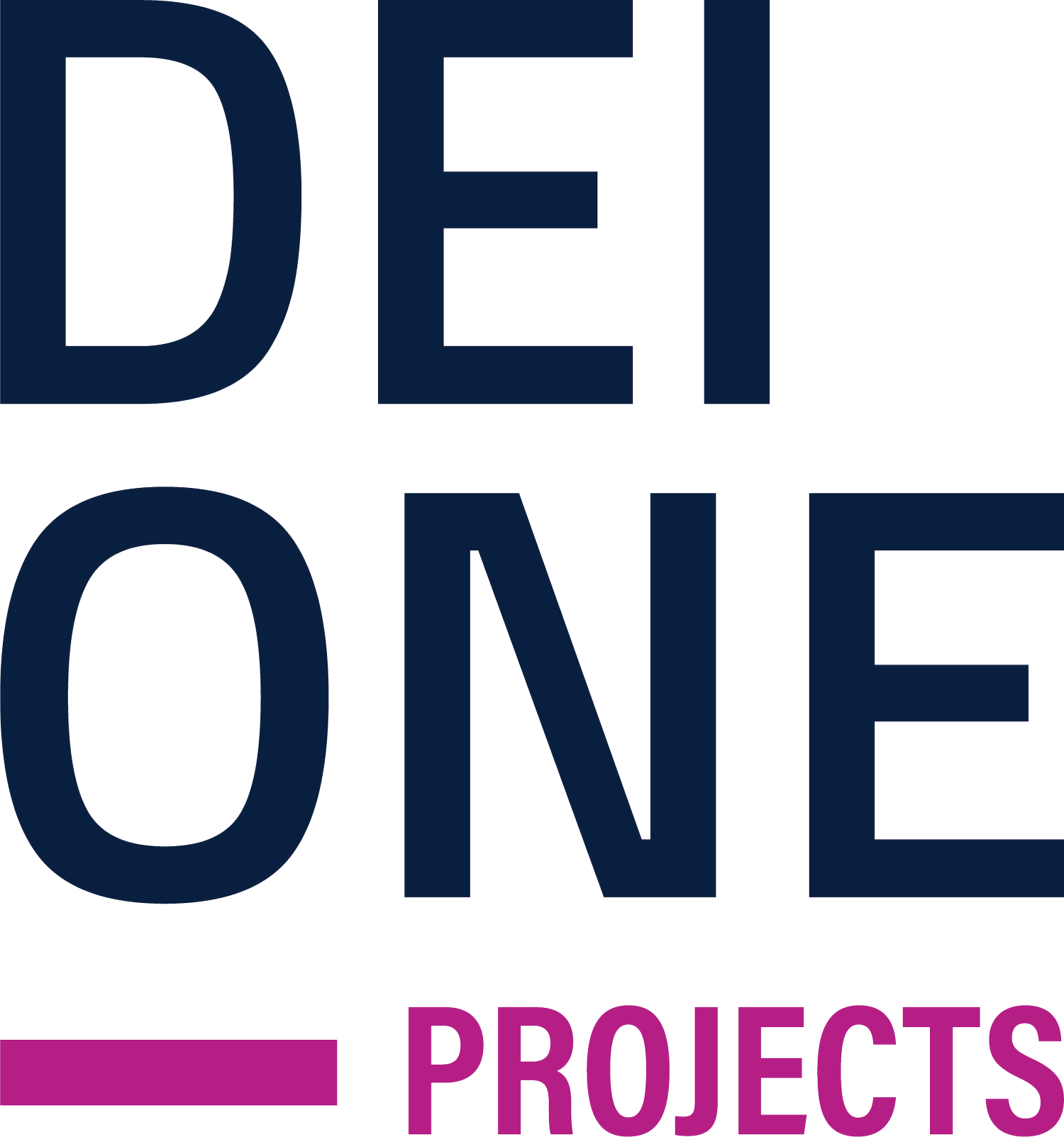Universal Harmony: Accessible Spaces
Creating inclusive and accessible spaces is a fundamental aspect of fit-out construction. It's about ensuring that everyone, regardless of their physical abilities or limitations, can navigate and use a space comfortably and safely. Let's delve into how inclusive design principles are transforming fit-out construction to create accessible spaces:
Understanding Inclusive Design: Inclusive design goes beyond mere compliance with accessibility standards—it's about considering the diverse needs of all users from the outset of the design process. This includes people with disabilities, elderly individuals, parents with young children, and anyone else who may benefit from inclusive features. By adopting a user-centric approach, designers can create spaces that accommodate a wide range of abilities and preferences.
Universal Design Principles: Universal design principles guide the creation of spaces that are usable by all people, to the greatest extent possible, without the need for adaptation or specialized design. This involves features such as wide doorways and hallways, accessible parking and entrances, non-slip flooring, and adjustable-height countertops. By incorporating universal design principles into fit-out construction, designers can ensure that spaces are welcoming and accessible to everyone.
Adaptable and Flexible Spaces: Inclusive design also emphasizes adaptability and flexibility to accommodate changing needs and preferences over time. This includes features such as modular furniture arrangements, adjustable lighting and temperature controls, and flexible layout configurations. By designing spaces that can easily adapt to different users and activities, designers future-proof fit-out construction projects and enhance their longevity and usability.
Accessible Technology Solutions: Technology plays a crucial role in creating accessible spaces. From automatic doors and touchless faucets to voice-activated controls and wayfinding apps, accessible technology solutions improve accessibility and convenience for users with disabilities. By integrating accessible technology into fit-out construction projects, designers can enhance the overall accessibility and usability of spaces.
Collaboration and Engagement: Creating truly inclusive spaces requires collaboration and engagement with diverse stakeholders, including individuals with disabilities, advocacy groups, and accessibility experts. By involving these stakeholders in the design process, designers can gain valuable insights and feedback to ensure that spaces meet the needs of all users.
Inclusive design principles are transforming fit-out construction by creating accessible spaces that accommodate the diverse needs of all users. By adopting universal design principles, prioritizing adaptability and flexibility, integrating accessible technology solutions, and fostering collaboration and engagement, designers can create spaces that promote universal harmony and inclusivity. Whether it's a retail store, office building, or public facility, inclusive design ensures that everyone can fully participate in and enjoy the built environment.
